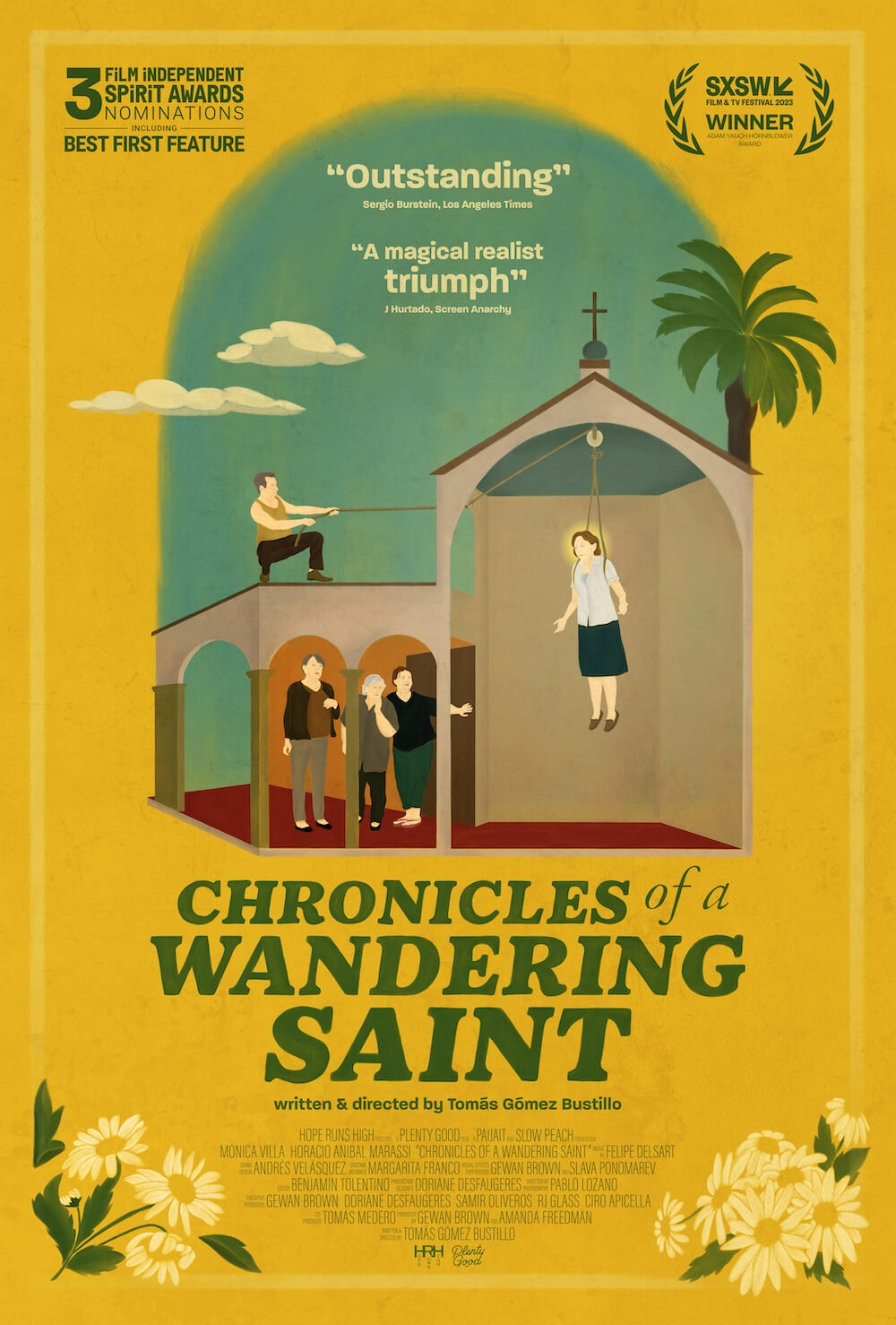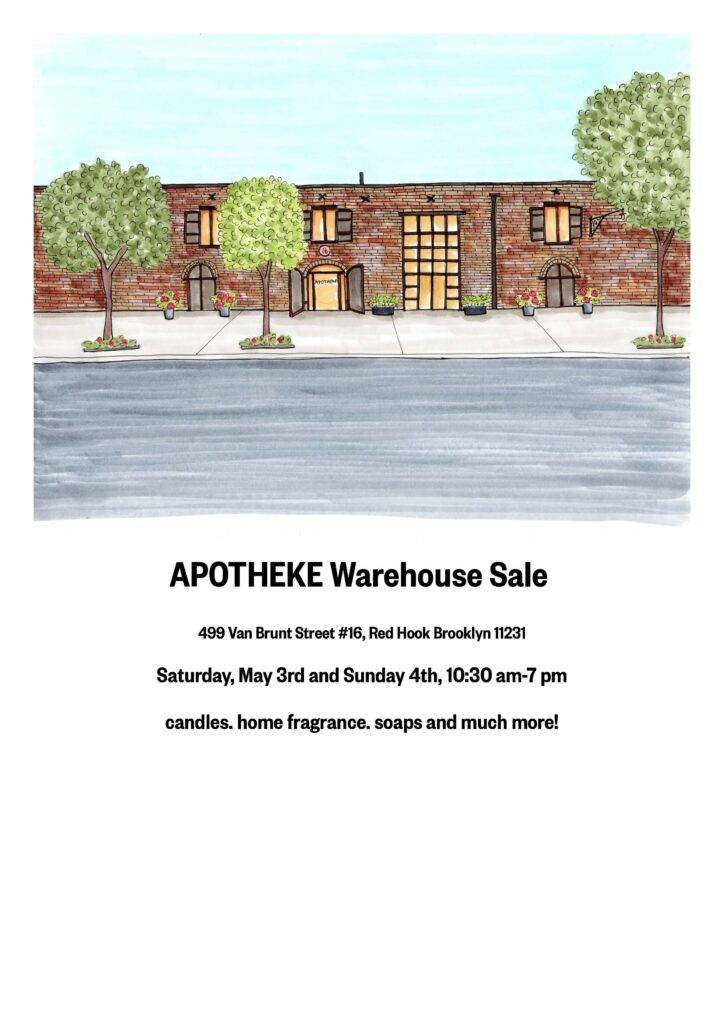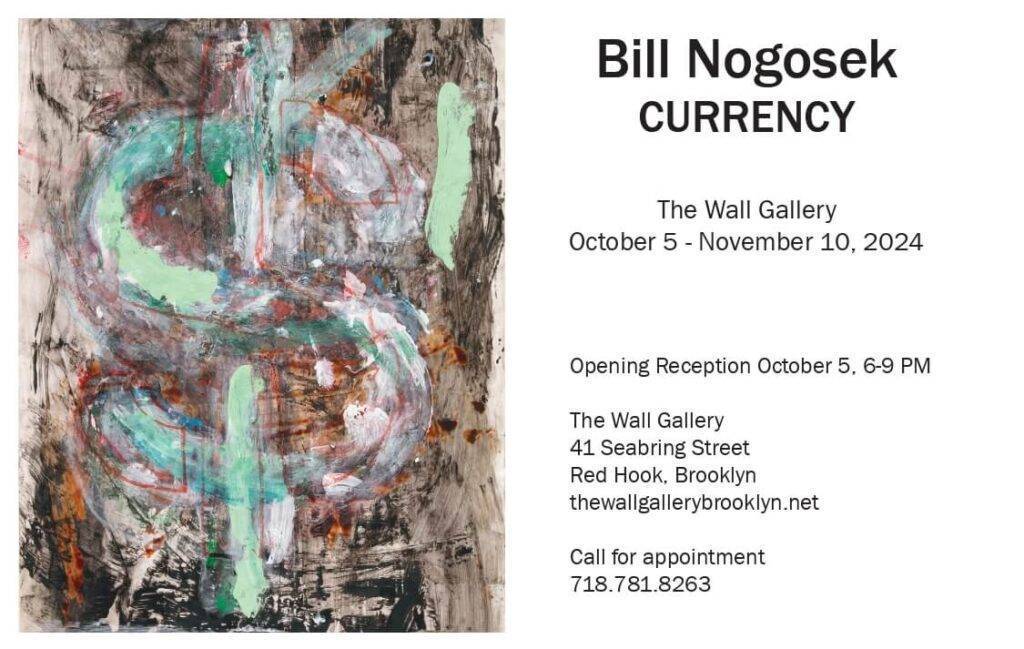There is nothing the least bit remarkable about Rita, the protagonist of Chronicles of a Wandering Saint. She lives in a desperately rural Argentinian town. Her job, as a cleaning lady in the desperately old church, is, like, her marriage, desperately mundane. As if to prove that cameras do capture souls, her Facebook profile photos are either underlit smears or blown out mugshots.
But it’s through social media that Rita sees a way out: viral fame. She poses herself as a paragon of piety, kneeling in her pew, seemingly deep in prayer, a rosary draped just so over her clasped hands as she’s illuminated by a perfect shard of light beaming through the windows. (That’ll get visitors to take and post her picture!) And after stumbling on an appropriately forgotten and common statue of a nun in the church storeroom, Rita (Mónica Villa) hatches a scheme to repurpose the find — with help from her exceedingly patient husband Norberto (Horacio Marassi) — into the long-lost effigy of the town’s patron saint: fittingly, St. Rita.
This is where Argentinian writer/director Tomás Gómez Bustillo’s debut feature begins, built around the lengths Rita will go to transfigure her dull existence into one others will celebrate. The film is a deeply observed and humanely funny vignette of life in a small-town Catholic hothouse. That is, until Bustillo takes an audacious hard turn, transmuting his film into something more dreamlike and divine. A mist of magical realism descends, and suddenly angels, demons, and light fixtures and moths imbued with lost spirits populate this otherwise ordinary community. It all amplifies the introspection at the core of the film: What does it mean to lead a good life? How will people remember us — and what will we be remembered for?
It’s difficult to get more detailed without spoiling things. And Chronicles of a Wandering Saint, which opened at IFC Center on June 28, is best experienced with as little advanced knowledge as possible. What can be said, though, is that this is cinema of uncommon empathy and faith, the kind of film that shifts how you see your world, your people, yourself. Bustillo draws on his Catholic past; filmmakers Apichatpong Weerasethakul, Jacques Tati, and Carlos Reygadas; poet Dante Alighieri; and the magical realists Gabriel García Márquez, Julio Cortázar, and Jorge Luis Borges. But his film is more than the sum of its inspirations. He metabolizes them to create something distinct yet distantly familiar.
Bustillo spoke with the Star-Revue about creating the film, coexisting with the fantastical, and why he’s more interested in provoking questions than providing answers. The conversation has been edited for length and clarity.
The film is very emotionally mature. It feels like there’s a lot of life behind it.
I wish I could take the credit and say, “Yeah, that’s because I’m super mature and emotionally intelligent,” but I’m not. This movie took me, like, three years to write, and 24 different drafts. It took me so many tries to try to get some complexity and depth in there. Most important is to be able to put myself and a lot of my own problems and issues into these characters in many different ways. So I’m just kind of borrowing from my own anxieties and issues and, you know, changing them so I don’t feel fully naked in front of an audience when showing this film. I think it has to do with being self-aware and working a lot, getting really good notes, really good feedback, and to just keep going until it reaches that level of simplicity, which is the hardest thing to arrive to.
As a younger man, was it difficult to write from the perspective of older people?
I think it is difficult because, obviously, I can’t physically step into those shoes and see the world the way they see it. But I will say age is just a dimension, not the only dimension, that gives a person their ideas or thoughts or anxieties. At some point, I had to connect with Rita and say I don’t know what it’s like to be 70-plus. But I do know what it’s like to want to be admired and validated. That I know. And so does she. And that I could connect with and build around. So that’s kind of the link I felt I had with her.
There’s a lot of research that went into this. I spent so much time in this small town where we shot as a young person. When I was in my late teens and early 20s, I used to be Catholic and I used to be a missionary in this town. The only people that we would ever speak with were the older people. They were the ones who came out and spoke with us and let us into their homes. I spent countless months speaking with this particular demographic of elderly women in this small town. So there’s been a lot of observation there. I was able to connect with a lot of them and make actual friendships with these people. So those two things, I think, combined to give me a little bit of a window into what it could be like.
Did any of the people you met, any of the stories you heard, find their way into the film?
There’s certainly a ton of little bits and pieces, but I wouldn’t say that one character has an equivalent in the real world. I don’t think I ever thought about creating characters in that way. But I borrowed from this person, I borrowed from that person. Some were these elderly women from this small town, but some are my own friends and family. Every character is some sort of mix of a lot of different people, then I imagined even more character traits on top of that based off the emotional truth I was trying to bring.
You’ve described the people you met in your missionary work as “living ghosts.” That makes its way into the film, literally, with villagers as angels or demons or the recently deceased. In the United States, “ghosts” are usually scary. But not in your film. There’s a very different kind of engagement with the concept.
That’s a great observation. I think it has a lot to do with the cultural backdrop of Latin America versus the U.S. In Latin America, we coexist with the fantastical in a way that feels more nonchalant than maybe American culture. I think it has so much to do with the cultural clash that is Latin America and how we have to live in a world where dualities and contradictions coexist side by side. They just have to.
Growing up Catholic in a Catholic household, I had an older brother who passed away before I was born. I distinctly remember being 6 or 7 and feeling like his ghost was in my bedroom, just from all the stories and my family saying, “Your older brother is going to take care of you.” So I would talk to him. It wasn’t scary. I was just like, “Hey, thanks for coming by. I’ll see you later” — just little things that a 7 or 8 year old would say. So that’s kind of the approach to a ghost story: How do I work with more magical realism than fantasy in this particular sub-genre?
You have this idea in the film that if someone misses their ascension to Heaven, they are forever bonded to a physical object nearby or even something ephemeral, like the wind. Is that concept something you heard growing up or experienced culturally?
I don’t think so. Technically, if you were to stick to Catholic dogma — which I don’t, because I’m not Catholic, but this is the cultural background I’m coming from — that wouldn’t be possible. If you die, you either go to Heaven or Hell, or Purgatory if you need to go through your waiting period. People wouldn’t get stuck here on Earth.
I was reading Dante at the time I was writing. So much of getting stuck [in the Inferno], it’s this irony of what you get stuck in or the kind of torture that you get inflicted. It’s specific to who you were in your life. I find that so fun. It’s so imaginative. I thought, “What would be the Third World version of that?” But instead of making it moral, like a punishment or reward, just making it something that was an accident. It’s this accidental poetry where it’s like, this person is stuck in the wind and now they get to experience a lot of things. But they’re also never stuck in one place, so they’re endlessly lost but always discovering. So this kind of Third World, accidental, poetic view on the ordinary was what I tried to capture.
It reminds me of something that a friend told me once, that a butterfly nearby is the spirit of a loved one visiting. There are these ways we have of keeping people around us, regardless of religion or belief.
That’s exactly true. And so many people have them. This is something I’ve experienced a lot in screening the film at different festivals. People will come up to me afterwards and say exactly this story, like, “My grandma is always around when I see a white butterfly,” or, “Whenever I see a hummingbird, I think of my grandfather and I know that he’s here.” No matter where you are in the world, we all have those little things, even if it’s just a smell. I think that that’s just part of who we are as humans. We have to keep the people that we lost around somehow. I think that’s very, very beautiful, and it’s good to tap into that emotion.
I grew up Catholic and have a complicated relationship with Catholicism. I usually frame it around the difference between faith and religion. They overlap, but they’re not necessarily the same. You said you’re no longer Catholic, but the film feels very full of faith. Is that a fair reading? Are you trying to kind of reckon with your own relationship, past or present, with this in any way?
I definitely think there is… Whatever you say is fair because I don’t own the movie anymore. I made it, but at some point it is whatever people make of it.
True, but there are filmmakers who don’t like having words put in their mouths — or art!
I would say it’s kind of the difference between spirituality and religion. For me, spirituality is about the questions and religion is about the answers to those questions. I think, ultimately, we’re all asking the same questions. And in this movie, I just wasn’t interested so much in the answers. I drew from a lot of Catholicism as a cultural backdrop — but not as a spiritual backdrop — to explore my own questions and anxieties and worries and even wish fulfillment through the film. I’m not saying that this is what I believe because I still don’t know what I believe. My whole journey has been moving away from the black and white, yes or no, good and bad kind of binary thinking. Just saying, “I don’t know.” There’s so much to explore. I think not knowing is the gift. It’s the most interesting thing that we have, the uncertainty that we’re thrust into. I think we all probably need more questions and less of the answers.









